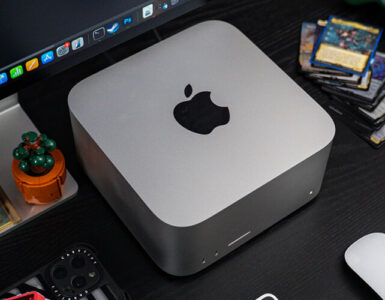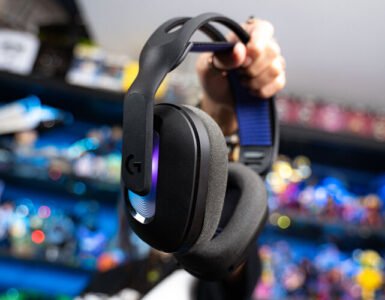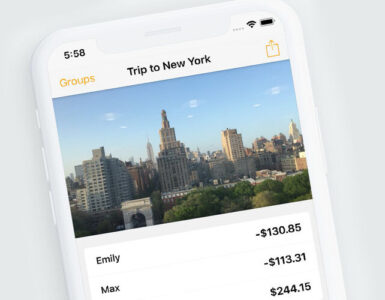The launch of a new smartphone, especially one by a leader of industry, is always a celebrated one as it reveals the direction the company is looking at going. It’s also a deeper reflection of the trajectory the company has been headed, as it adapts and pivots around the changing needs of consumers.
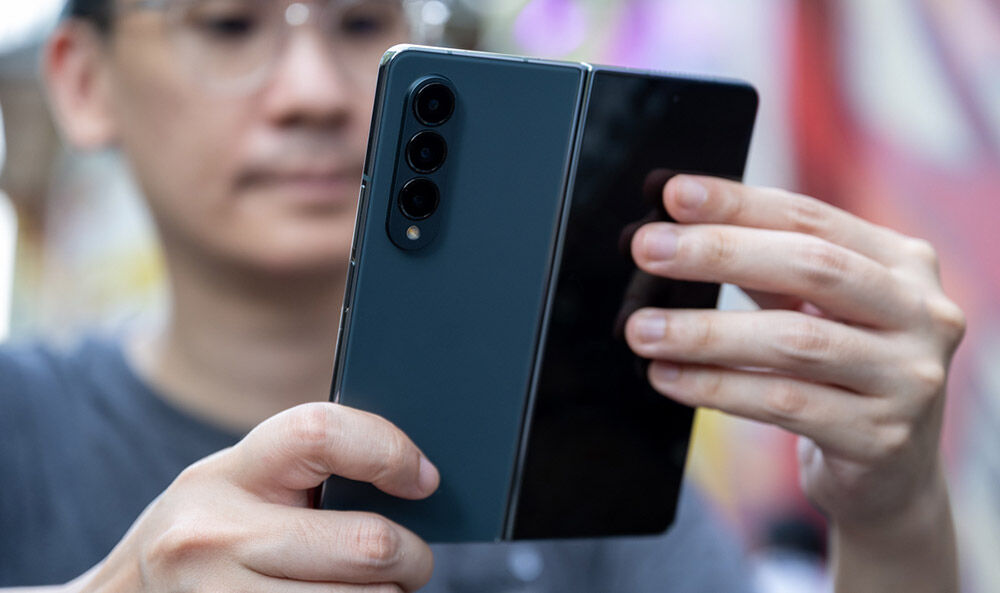
Korean tech giant Samsung is no stranger to new directions, as it has readily adapted its annual refresh of smartphones in the last decade, always offering one flagship device (Samsung Galaxy S), and another that pushes the boundaries. Some fail (Samsung Galaxy Beam anyone?), while others stand out and even stand the test of time (Samsung Galaxy Note, curved screens) and it looks like the folding smartphone is here to stay, with this year’s Galaxy Z Fold 4.
Like stereoscopic 3-D movies, folding phones are not new and they resurface now and then, though in this case, folding phones now actually have the screen fold together with the device, and with this fourth iteration of its massive 7.6-inch monster, Samsung is announcing that it has a winner, and users want the ability to have a rectangular single-hand operated device transform into a square, dual-handed operated smart device.
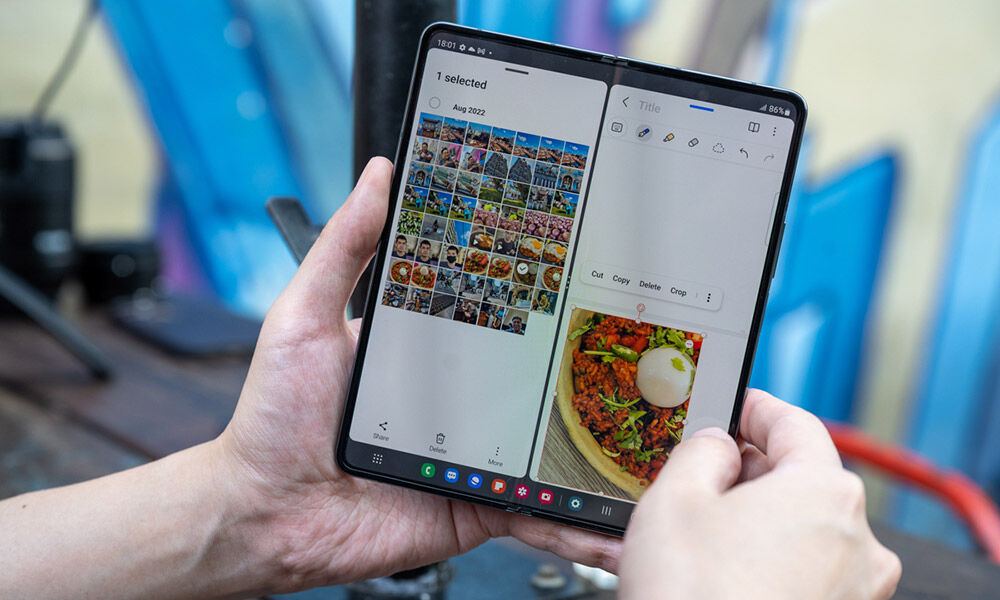
Okay, so Samsung also has a Galaxy Z Flip 4 5G companion device that folds upon for one hand use, but that’s also for users who want something simpler to work with, instead of the massive smartphones bigger than the 6-inch size that brands hawk these days.
The Galaxy Z Fold 4 effectively offers two screens, with a secondary 6.2-inch cover display when the device is folded, meant to be used like any other smartphone. Don’t be misguided by the 6.2-inch figure, as the unit is tall and thin, providing a rather limited viewing experience compared to other wider 6.2-inch displays on regular smartphones. Fold open the unit and you get the primary, inner 7.6-inch display that is more squarish in shape, offering you the equivalent of split screen on a mix of apps, where you can move files, toggle between apps and multitask more, without having to swap back-and-forth between apps. Both screens offer a 120Hz variable refresh rate, so the only visual difference here is asking yourself if you need the expanded real estate for simple tasks including checking messages or reading notifications, and now have the flexibility to switch between displays as needed.

What if you need to move between different apps? There’s an option to open three key apps, and users can move and resize them accordingly. This allows you to say, drag and drop a photo from your Gallery into an e-mail directly, or upload files from your phone to Google Drive. However, splitting a mobile display into three windows means you lose precious real estate, so don’t think of the possibilities of working on documents while watching videos and getting good results, as this split-screen option is not meant for extended use.
New, or rather, now available with the device, is the S Pen Pro stylus device that acts as a digital writing and navigation instrument around the device, and the whole unit is powered by the industry leading Qualcomm Snapdragon 8+ Gen 1 processor, with 12 GB of RAM, and storage capacity of either 256GB, 512GB or 1TB. Supplying the actual juice is a 4400 mAh dual-cell battery that offers fast charging of up to 25W via USB-C, or wireless charging of up to 15 W.
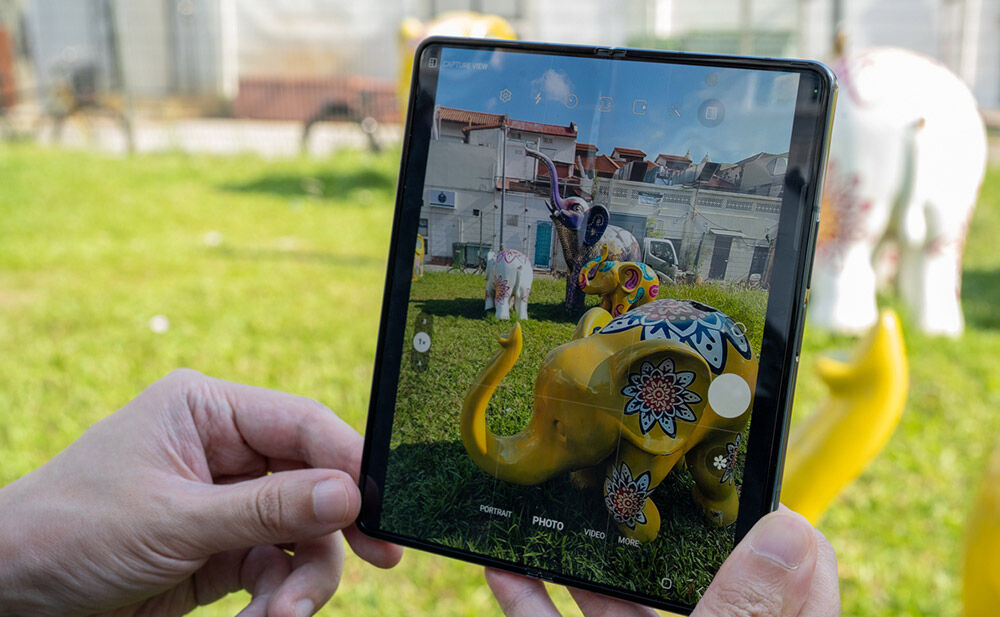
The Z Fold 4 also sports three rear cameras – a 50MP wide-angle main camera, a 12MP ultra-wide, and a 10MP telephoto. The primary camera shares its sensor with the Galaxy S22 and S22+ model, replacing the previous 12MP sensor, while the telephoto has been upgraded to offer 3X optical zoom, up from 2X before. Rounding up the photography hardware are two front cameras – a 10MP on the cover display, along with a 4MP camera on the right half of the inner display.
Samsung’s cameras, especially for its flagship phones, have always presented a slightly oversaturated look at the final images, and it makes for brighter and more vibrant day shots, though low light and night time shops end up looking more grainy. The front camera on the larger display is hidden behind a pinhole, and barely noticeable if you’re reading emails or surfing the web. What is ever present is the straight crease in the middle of the screen. This has been a perennial bug bear for users of folding devices, and be prepared to see the crease grow in size and shape, to a point where you need to have it changed, as many current users of earlier models are discovering.

Everything else works well, and if you’re used to rotating your Fold 4 by 90 degrees each time you open up the phone and fire up an app, to enjoy the full screen capabilities of a larger communications device, this phone offers the same experience with a little extra. Some quirks, which you will have to get used to, is that while the larger display is square in shape, you actually have to rotate it by 90 degrees for some split screen options to be triggered. It’s not that weird to do, but to rotate a square seems like a weird implementation.
Ultimately, folding screens are an interesting experiment that not all tech companies are adopting. Samsung is one of the first, and has done an impressive job with this year’s model, except that there is not great impetus for users to buy one, unlike say, a tablet that was introduced as a new category that was bigger than a phone, and more versatile than a laptop.
GEEK REVIEW SCORE
Summary
Those who own last year’s model won’t see the need to upgrade, while those who haven’t might not see the reason to take the plunge. For those looking for a larger screen that delivers on versatility though, there is nothing quite like the Galaxy Z Fold 4.
Overall
8.3/10-
Aesthetics - 9/10
9/10
-
Build Quality - 8.5/10
8.5/10
-
Performance - 8/10
8/10
-
Value - 8/10
8/10
-
Geek Satisfaction - 8/10
8/10



